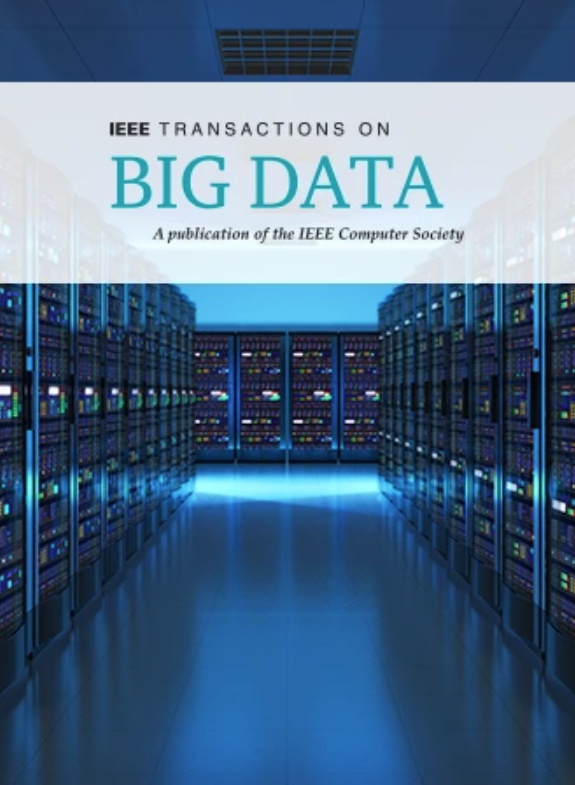AnesFormer:基于脑电图的麻醉状态分类的端到端框架
IF 7.5
3区 计算机科学
Q1 COMPUTER SCIENCE, INFORMATION SYSTEMS
引用次数: 0
摘要
为了确定麻醉药引起的脑觉醒的实时变化,脑电图(EEG)常被用作客观的神经影像学证据来联系患者的神经行为状态。然而,由于环境噪声和伪影的影响,脑电图信号往往具有较低的信噪比,这限制了其在麻醉深度(DoA)的可靠估计中的应用,特别是在高交叉受试者变异性的情况下。在这项研究中,我们提出了一个端到端基于深度学习的框架,称为AnesFormer,它包含一个数据选择模型、一个基于自关注的分类模型和一个基线更新机制。这三个组件以动态无缝的方式集成在一起,以达到提高留一设置下DoA估计的有效性和鲁棒性的目的。在实验中,我们将提出的框架应用于基于办公室的数据集和基于医院的数据集,并使用七个现有模型作为基准。此外,我们还进行了烧蚀实验,以显示AnesFormer中每个组件的重要性。研究结果表明:1)该框架在有效性和鲁棒性方面总体优于现有的DoA估计方法;2) AnesFormer中的每个设计组件都可能有助于DoA分类的改进。本文章由计算机程序翻译,如有差异,请以英文原文为准。
AnesFormer: An End-to-End Framework for EEG-Based Anesthetic State Classification
To determine the real-time changes in brain arousal introduced by anesthetics, Electroencephalogram (EEG) is often used as an objective neuroimaging evidence to link the neurobehavioral states of patients. However, EEG signals often suffer from a low signal-to-noise ratio due to environmental noise and artifacts, which limits its application for a reliable estimation of depth of anesthesia (DoA), especially under high cross-subject variability. In this study, we propose an end-to-end deep learning based framework, termed as AnesFormer, which contains a data selection model, a self-attention based classification model, and a baseline update mechanism. These three components are integrated in a dynamic and seamless manner to achieve the goal of improving the effectiveness and robustness of DoA estimation in a leave-one-out setting. In the experiment, we apply the proposed framework to an office-based dataset and a hospital-based dataset, and use seven existing models as benchmarks. In addition, we conduct an ablation experiment to show the significance of each component in AnesFormer. Our main results indicate that 1) the proposed framework generally performs better than the existing methods for DoA estimation in terms of effectiveness and robustness; 2) each designed component in AnesFormer is likely to contribute to the DoA classification improvement.
求助全文
通过发布文献求助,成功后即可免费获取论文全文。
去求助
来源期刊

IEEE Transactions on Big Data
Multiple-
CiteScore
11.80
自引率
2.80%
发文量
114
期刊介绍:
The IEEE Transactions on Big Data publishes peer-reviewed articles focusing on big data. These articles present innovative research ideas and application results across disciplines, including novel theories, algorithms, and applications. Research areas cover a wide range, such as big data analytics, visualization, curation, management, semantics, infrastructure, standards, performance analysis, intelligence extraction, scientific discovery, security, privacy, and legal issues specific to big data. The journal also prioritizes applications of big data in fields generating massive datasets.
 求助内容:
求助内容: 应助结果提醒方式:
应助结果提醒方式:


